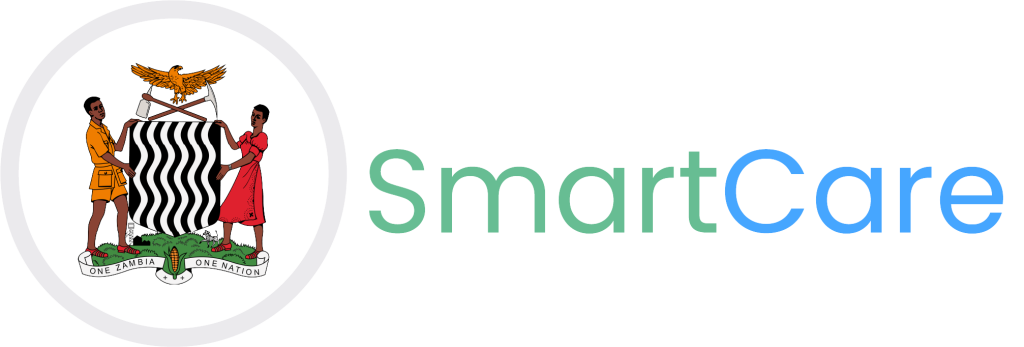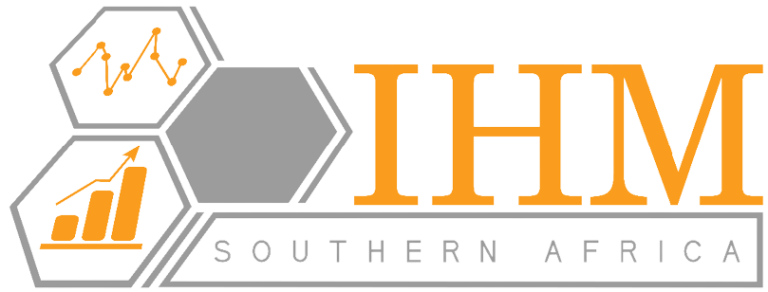Following the adoption of the SmartCare electronic health records (EHR) system for use in over 1600 health facilities in Zambia, routine data has emerged as an integral part of data-driven health interventions.
IHM Southern Africa has since partnered with the Ministry of Health (MoH) in utilizing data to provide evidence-based solutions in the monitoring of disease prevalence, particularly HIV/AIDS, and to identify trends associated with the disease’s spread. Through our collaborative venture, we have developed a data visualization framework, which is the pillar that supports the overall SmartCare data pipeline and is designed to present complex data through graphics.
As the SmartCare EHR continuously generates vast amounts of health data, our data analysts, engineers, and researchers are steadfast in organizing the collected data in operational and executive dashboards that display subject-specific data in categorized panels. The primary objective of this visualization structure is to inform our stakeholders on the present status of the SmartCare rollout to targeted facilities and to provide insights on healthcare delivery at facility level.
Similarly, these modern dashboards display theme-focused analytical data on the case-based surveillance (CBS) analysis, advanced HIV disease (AHD) analysis, and HIV cascade analysis in the form of graphs, charts, maps, and infographics in real-time. For our supporting partners, the MoH and the Centers for Diseases Control and Prevention (CDC) in the Strengthening Capacity for Health Information Systems Sustainably (SCHISS) project, our dashboards are vital to fostering data-driven interventions at decision-making level.
A key component in the executive dashboards is the HIV cascade analysis, which is a visual representation of the number or percentage of people living with HIV (PLHIV), are diagnosed with the disease, and are linked to or have dropped out of the initiated continuum of care. This analysis provides future insights into the epidemic’s prevalence as it identifies PLHIV who are no longer retained on life-long antiretroviral therapy (ART) treatment and whose HIV infection is liable to progress to advanced HIV disease (AHD) due to the failure to achieve and sustain viral load suppression.
With the help of these insights, there is increased healthcare efficiency because our analysts produce quantitative results that are shared with healthcare workers in SmartCare deployed facilities. The clinicians then use these insights to channel proactive initiatives that improve their clients’ well-being and their own overall healthcare provision services.
While HIV/AIDS is the primary emphasis of the data that is visually displayed in our executive dashboards, the SmartCare EHR captures data that goes beyond a single factor, thus we are not limited to one genre of analysis. By providing capacity and technical support to the Ministry of Health, we are integrating a full-frontal analytical approach by sourcing data from the custodians of all healthcare thematic areas, including malaria, maternal health, tuberculosis (TB), and mortality.
Furthermore, this joint endeavor centers on showcasing additional operational dashboards, such as those for commodities, finance data, environmental health, and immunizations (like COVAX for COVID-19).
IHM Southern Africa’s active involvement in conducting routine upgrades to the MoH’s data visualization models has been essential to executing research-driven decisions in the healthcare landscape. The executive and operational dashboards provide an intuitive user interface that makes it easier for users to filter data to a specific set, like the number of females diagnosed with HIV in a particular province. Ultimately, data users and decision makers can obtain accurate information required to enhance treatment planning, diagnoses, and the overall health outcomes for the Zambian people.



